Currants and gooseberries are often underrated and overlooked: not often sold in supermarkets and rarely making appearances in modern recipe books. Once established, they can produce a glut of fruit every year for over a decade. And whilst they’re not all sweet enough to snack on, you can get creative in the kitchen with jams, fools, jellies, pastries, smoothies and desserts.
All our potted fruit plants come in two litre containers, which means you get a more established plant with a larger root ball. The plants will have more room to grow, absorb more nutrients and grow into a stronger bush with a big harvest even the first time round.
Gooseberry Bushes
Gooseberries are straightforward to maintain. Robust and versatile, they can be grown tall or trained into a specific shape or space. As soon as the warmer weather approaches - June and July - expect a bumper harvest of fresh, easy-to-pick, delicious berries.
Currant Bushes
Blackcurrants and redcurrants are also easy to grow, with little maintenance required - just an annual winter prune. Fruiting in the summer months - July and August, make sure to pick the fruit before it falls. And don’t forget to protect the ripening berries from the birds!
Soil Preparation
Upon receipt of your currant and gooseberry plants, give them a thorough watering. Choose a sheltered area of the garden, avoiding exposed sites. Both currants and gooseberries do best in full sun but will also fruit reasonably well in partial shade.
For best results, a fertile, moisture-retentive but well-drained soil is needed. So dig in plenty of well-rotted organic matter, like farmyard manure. Generous manuring is particularly important for currants.
Planting Your Currant And Gooseberry Plants
All varieties can be planted in rows 1.5-1.8m (5-6ft) apart, with plants 1.5m (5ft) apart in rows. Spread the roots out carefully in each planting hole and, after refilling, tread the soil in thoroughly to firm the bushes in.
After planting, cut all shoots of currants back to about 5cm (2in) or two buds above ground level.
How To Look After Your Currant And Gooseberry Bushes
- Your bushes will benefit from an annual mulch or organic matter, like well-rotted manure or good quality, weed-free garden compost to suppress weeds and conserve soil moisture. Spread it thickly every spring on the surface of the ground while the soil is still moist from the winter rain. Gradually over the years it will improve the soil’s structure, drainage qualities and ability to hold plant nutrients in the root zone.
- Each year in March, at the same time as you mulch, top-dress the plants with some balanced compound fertiliser and a high potash fertiliser to encourage flowering and fruiting. Blackcurrants also benefit from a high nitrogen feed at this time.
- When you weed around your bushes, be careful with the hoe, since these are shallow-rooting plants which are easily damaged by an over-enthusiastic hand.
- In dry weather, especially on light soils, give bushes a generous watering about every two weeks.
Pruning Currant Bushes
The aim of pruning is to ensure that the oldest wood is continuously replaced with vigorous new growths. Blackcurrants fruit best on one-year-old wood. At the end of the first growing season, the only pruning needed is to cut out to the base any very thin or weak shoots less than 30cm (12in) long that may have been produced.
In later years, pruning consists of removing any straggly or broken branches and between one quarter and one third of the oldest growth, depending on how much new wood there is. New wood is easily distinguished by its lighter colour and pruning can either be carried out after fruiting or in the autumn.
Pruning Gooseberry Bushes
Pruning should only need to happen twice per year - to retain their shape and continue producing fruit. Gooseberries mostly fruit on old wood. Pruning aims to control the shape of the bush, keep the centre open and increase the number of fruiting branches. After planting and each winter thereafter, cut back all main shoots by about half and lateral shoots to about 2 or 3 buds.
At the same time remove any broken, very weak or crossing shoots, any suckers that might have developed from the ‘leg’ and any branches crowding the centre. Make each cut to an outward-facing bud, unless you are pruning a gooseberry that has a rather drooping habit. In which case, cut to an upward pointing bud. The formation of fruit buds will be encouraged if you also summer prune lateral shoots to 5 leaves at the end of June.
Need Help Deciding Which To Try?
If you’re undecided about which fruit bush to establish in your garden, why not take a look at our unusual Jostaberry fruit plant? Thornless and disease resistant, it’s a cross between a gooseberry (flavour) and blackcurrant (appearance as the fruit matures). Perfect for container growing and for cooking in pies and jams. Let us know what you think!

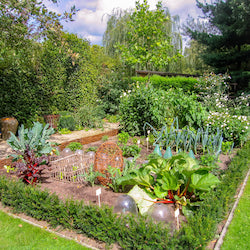
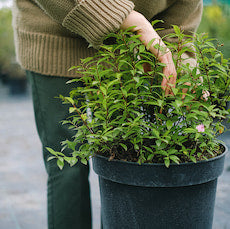
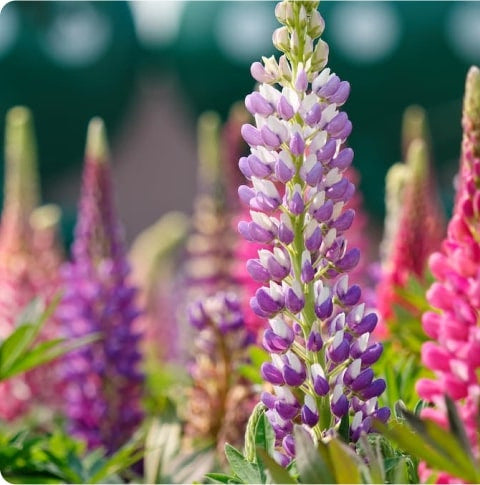


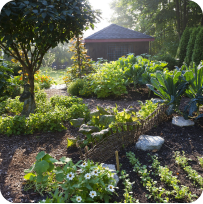





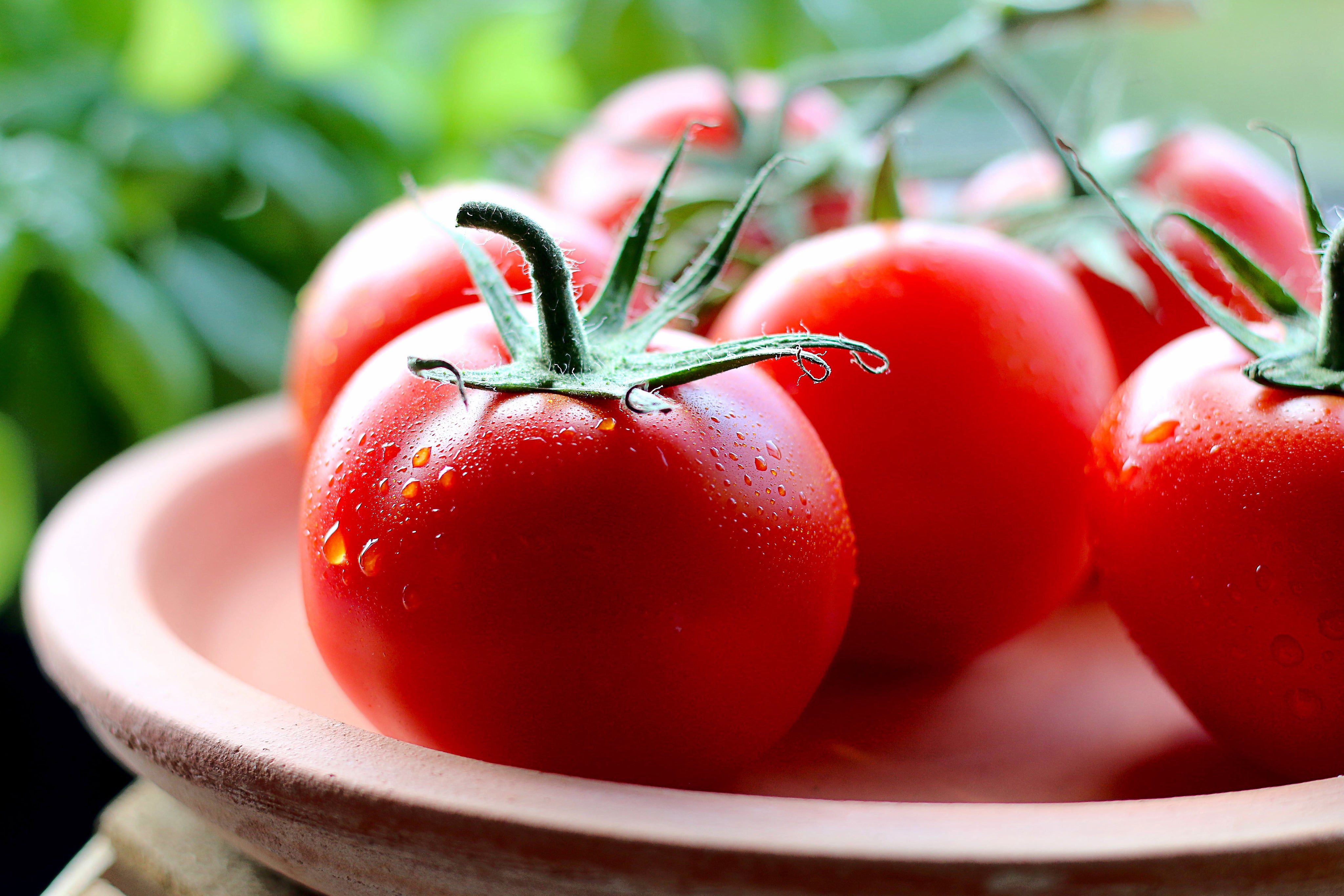

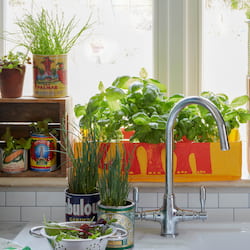
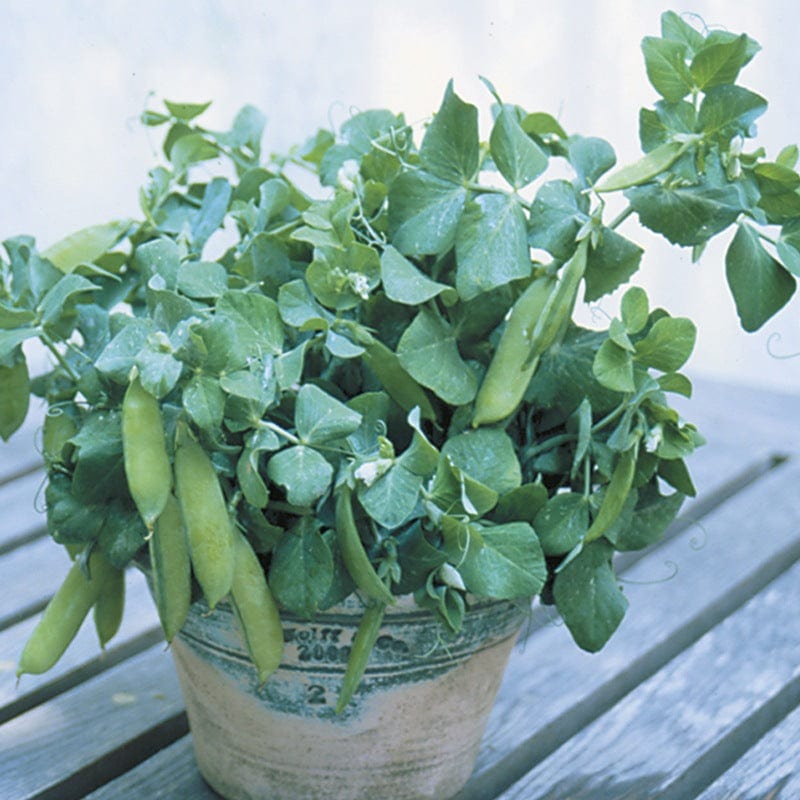


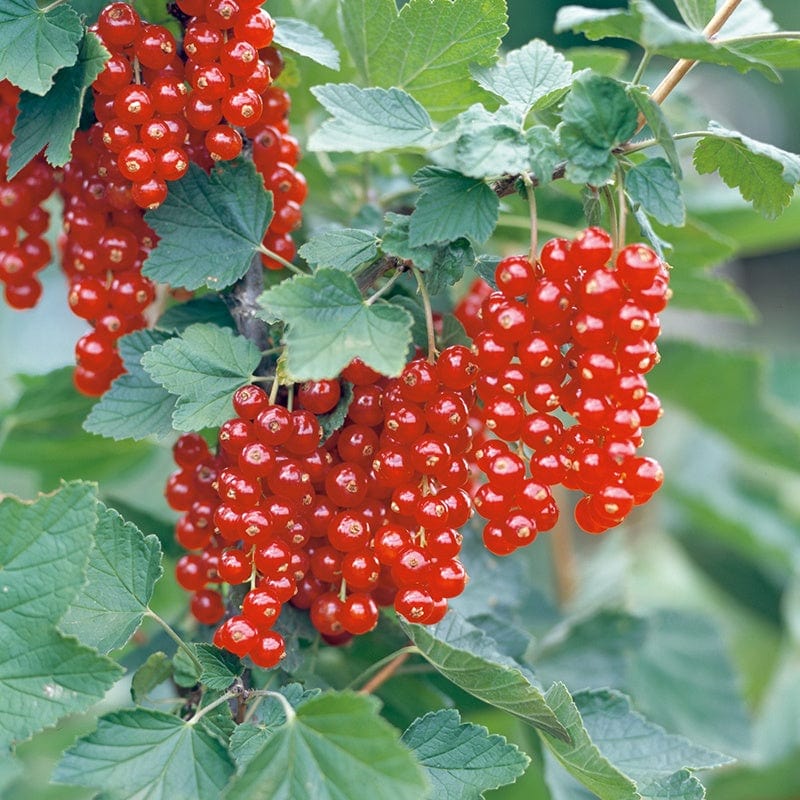
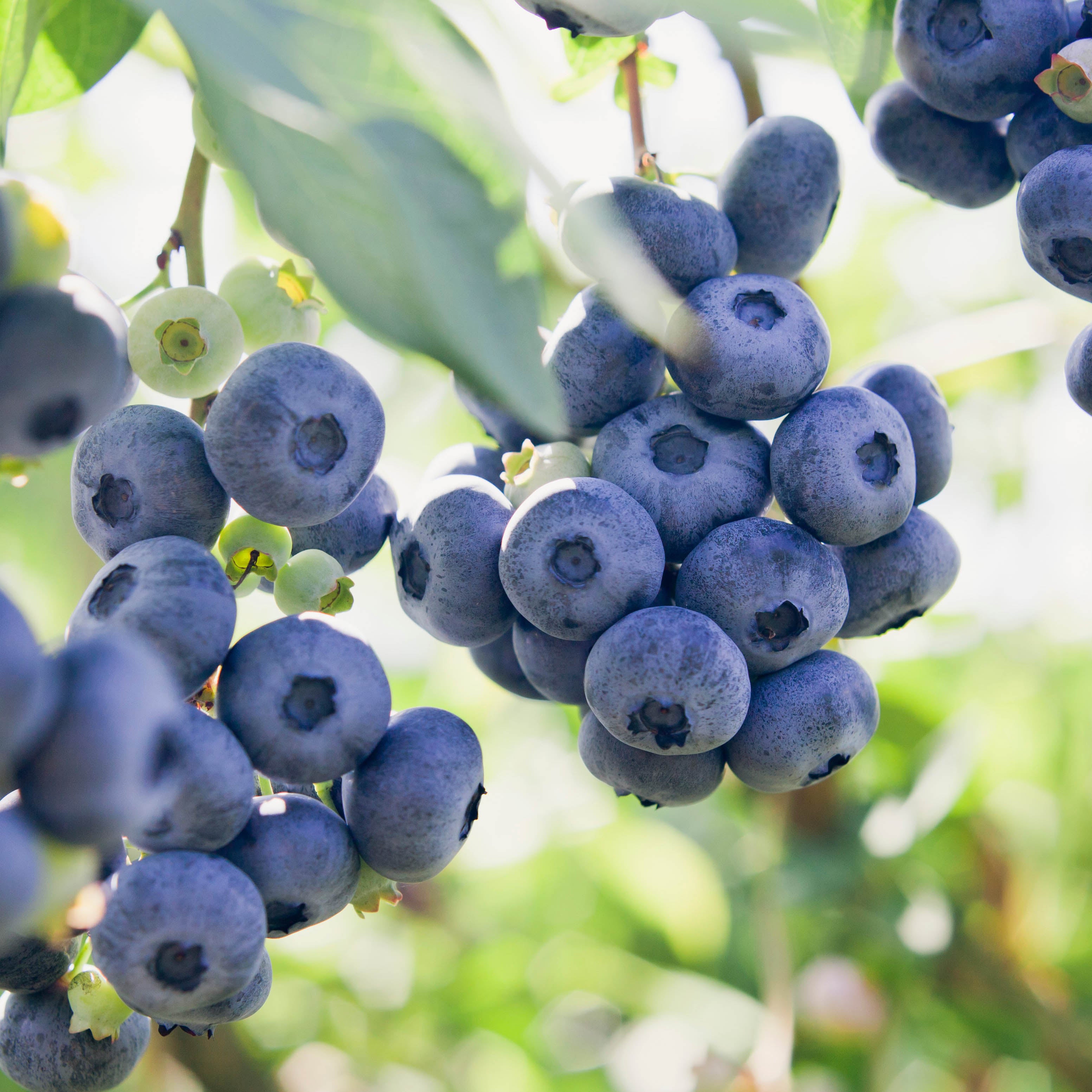
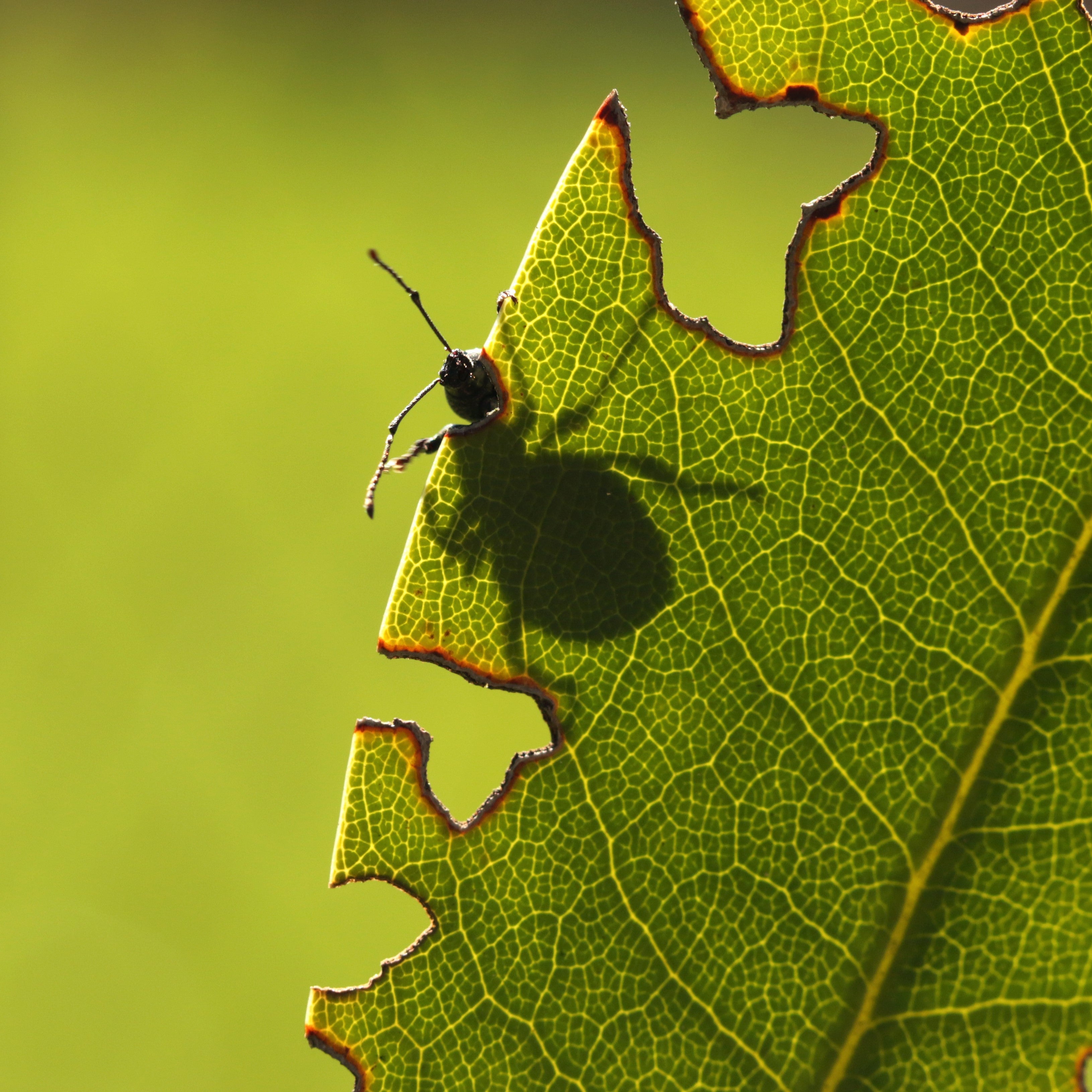

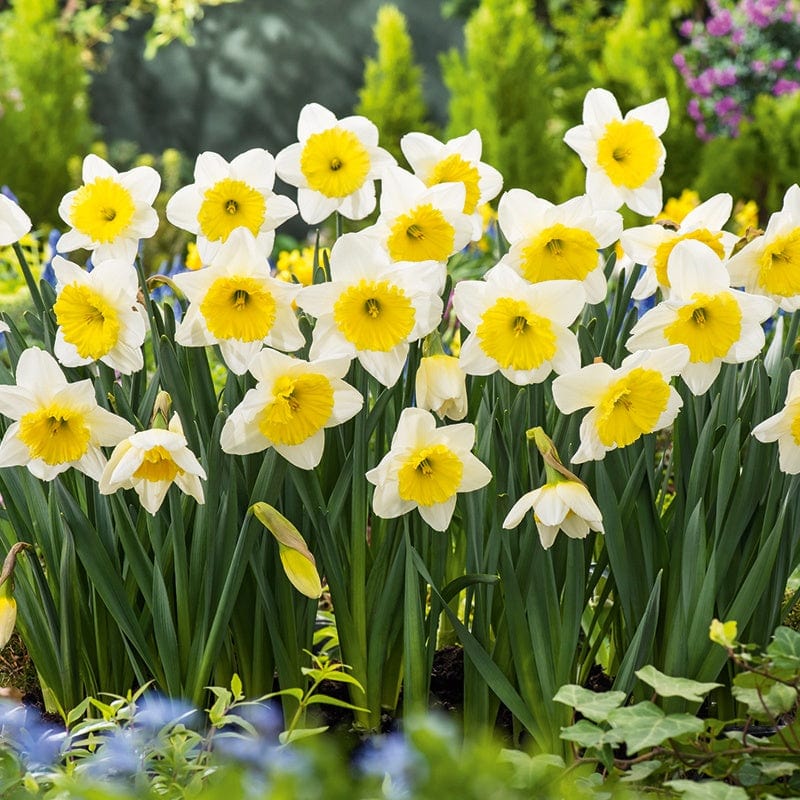
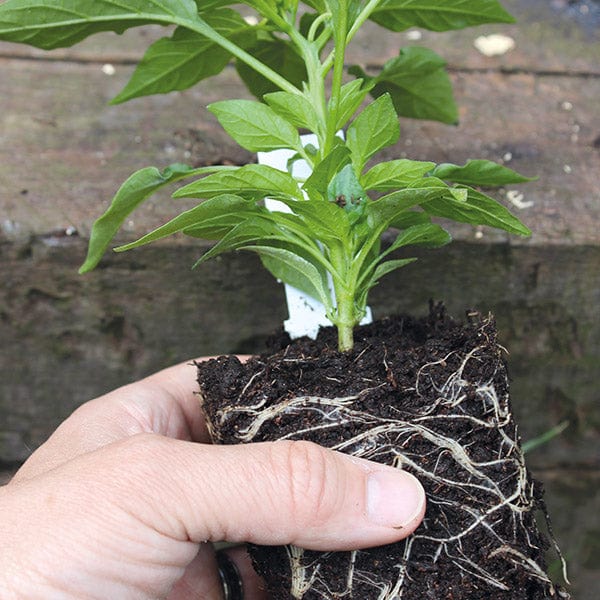
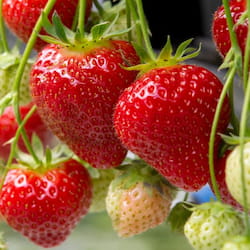
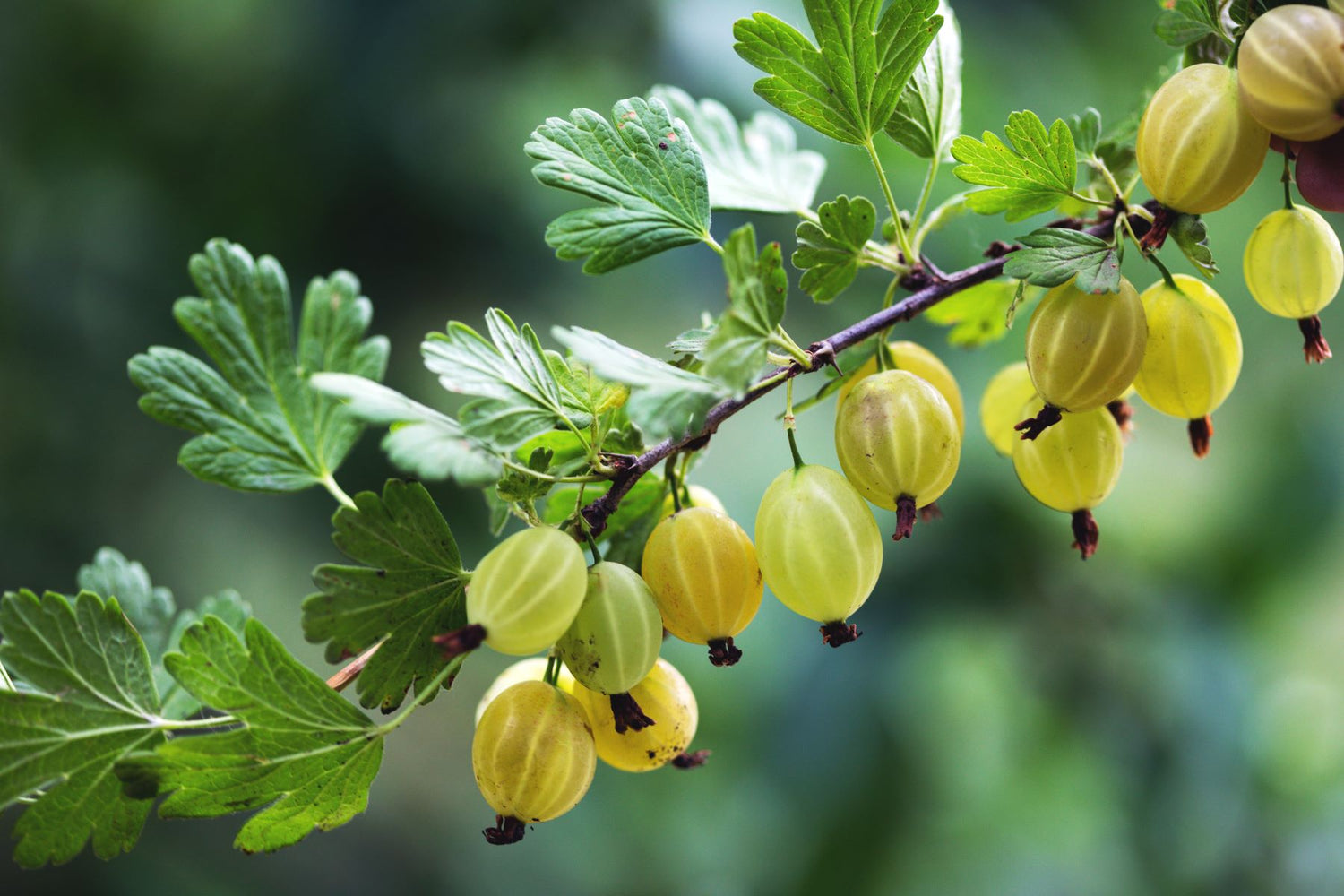

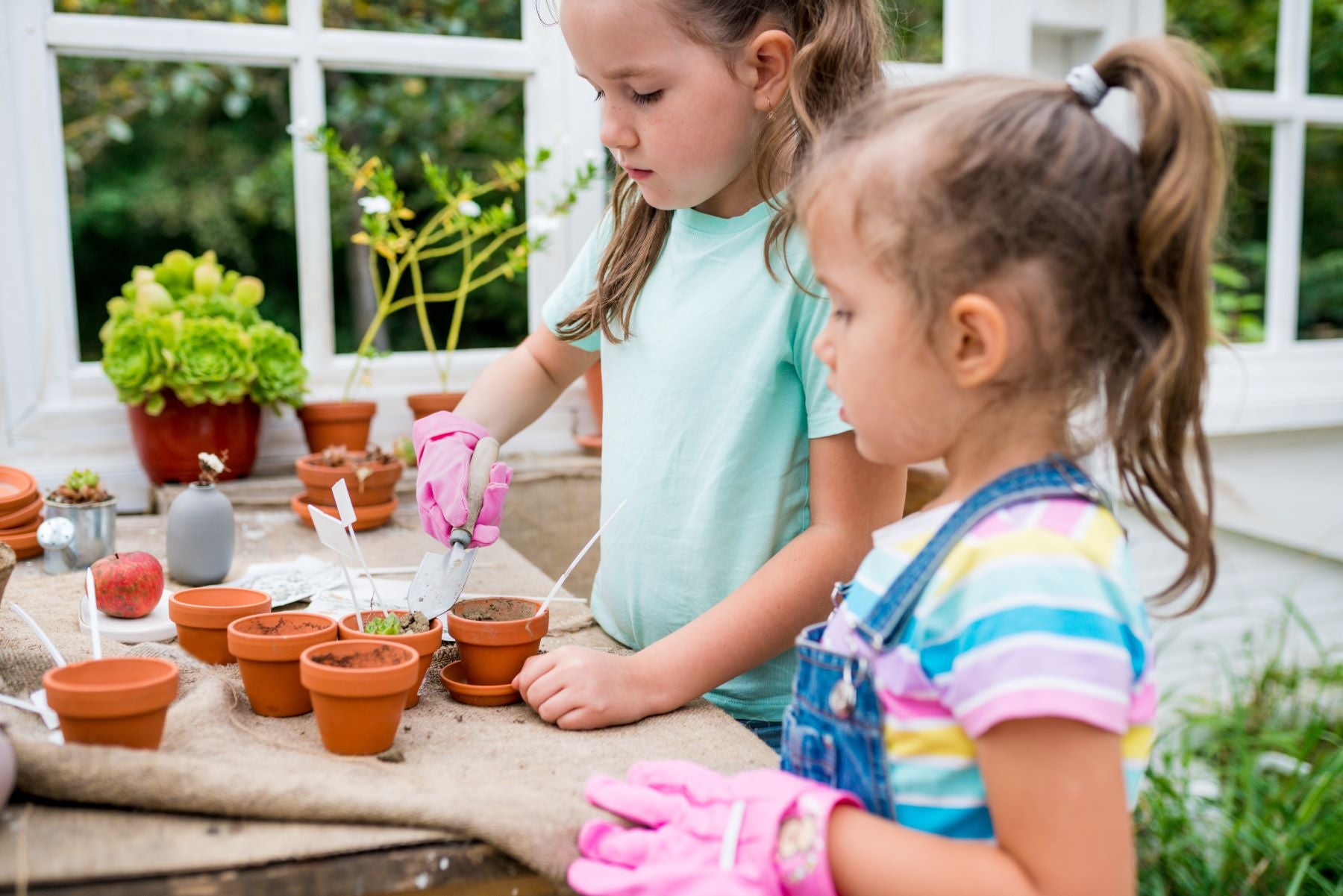

Leave a comment
All comments are moderated before being published.
This site is protected by reCAPTCHA and the Google Privacy Policy and Terms of Service apply.